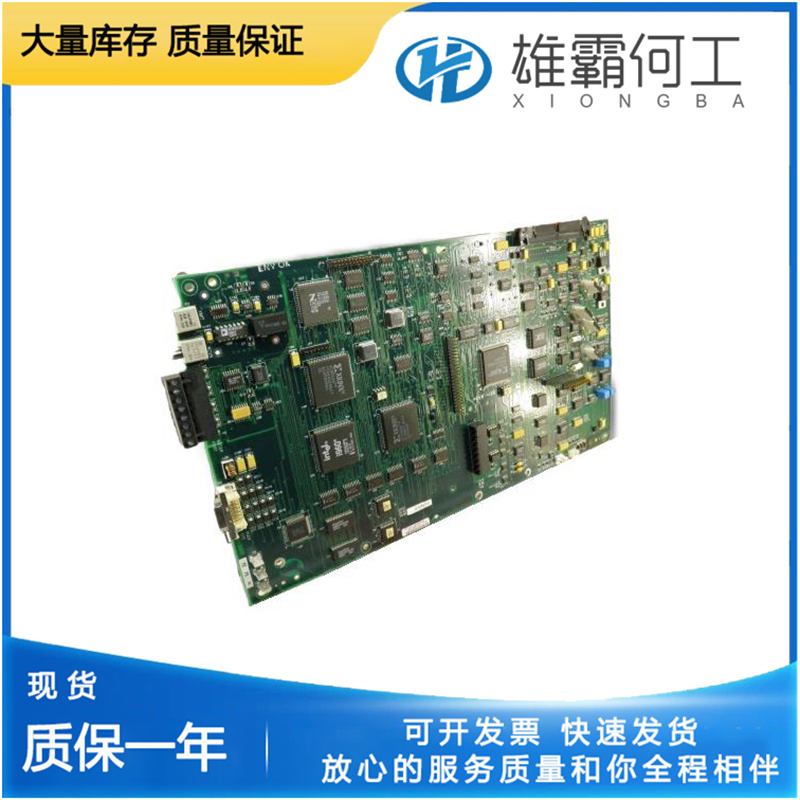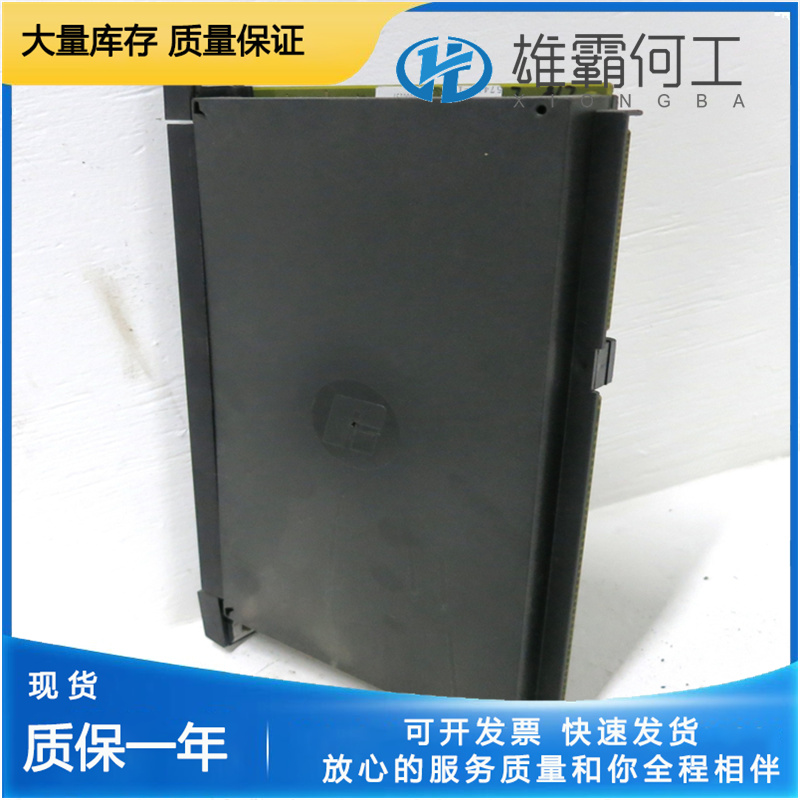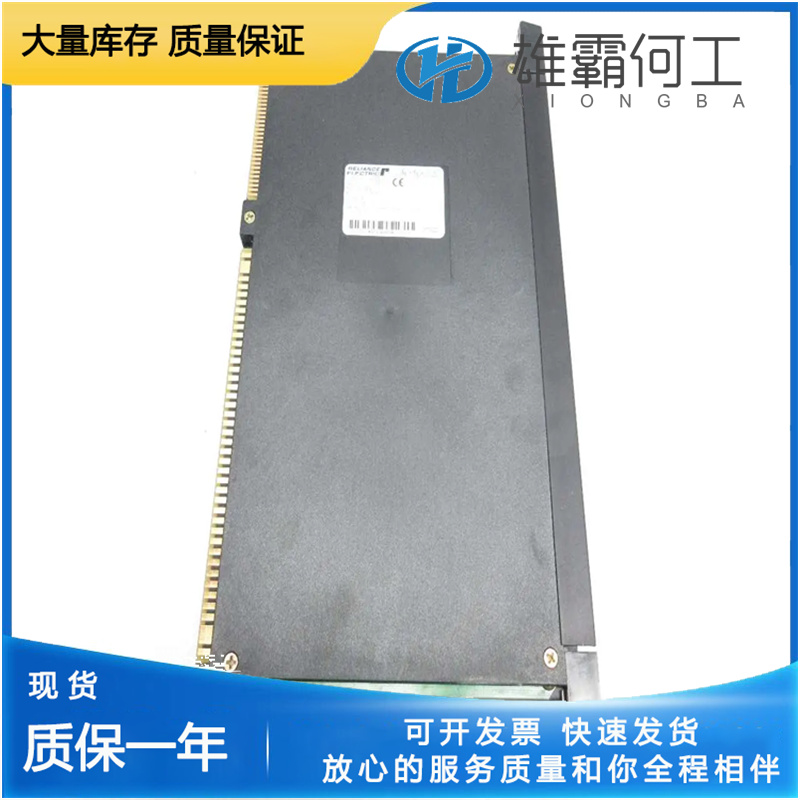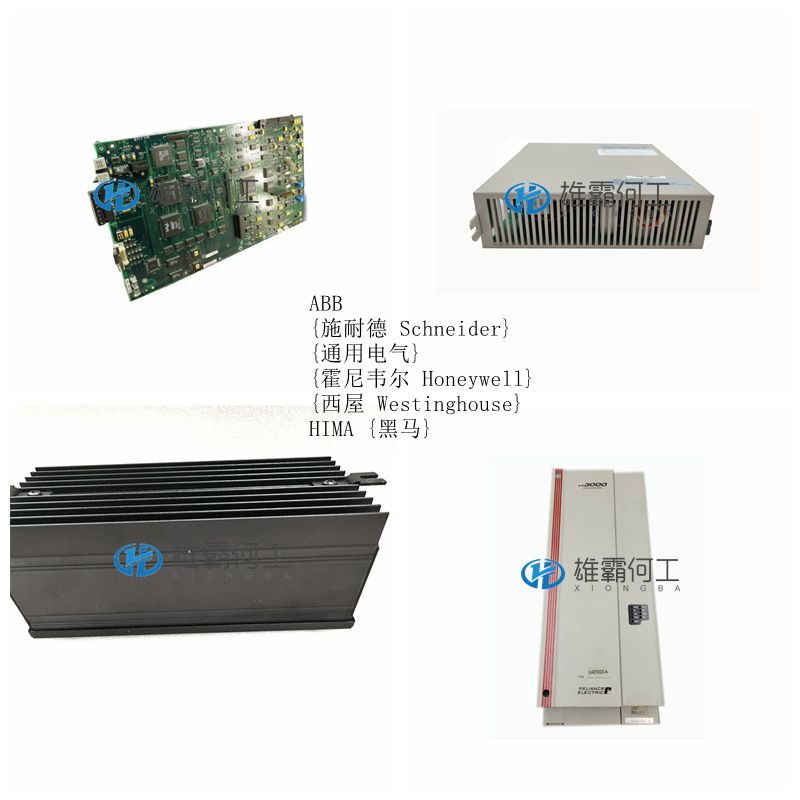RELANCE 10VV1/F7252 印刷电路板
DCS系统的接地示意图 57421 DCS接地是一个很复杂的问题,涉及到接地地点,接地方式,接地电阻大小等从现场到DCS机柜的诸多节点和环节。但日常对DCS的常规检查主要有几个方面: 1、DCS机柜应采用单点接地方式,检查是否有可能导致多点接地的地方出现,比如机柜与槽钢的接触,接地点是否为单条引下线(线径大于16mm2,长度小于30米)到地桩或地网,部件连接(或焊接)点是否良好(锈蚀)等。57421 检查DCS接地点与电气地或避雷针引下线接地是否共用,距离是否符合要求,一般情况要求DCS接地与电气地距离15米以上,与避雷针接地点15米以上。57421 测量DCS系统接地电阻是否小于4欧姆。接地电阻的大小与很多因素相关,如接触良好,土壤湿度,导电率等,测量接地电阻可选用的仪器有摇表、钳形表等。 Q6:日常维护时如何检查DCS系统网络?

根据计算机控制设备特点,DCS除像常规控制设备一样进行外围设备检修外,随机组大小修至少要进行以下项目的检修,即模件组态拷贝,核实控制模件标志和地址;清扫电源、模件及防尘滤网,检查紧固控制柜接线,进行接地系统检查,冷却风扇检修,电源设备检修测试;重要测量和保护信号线路绝缘检查;电子室温度、湿度及含尘量检修前测试,检修后复查;模件电源及冗余模件的切换试验;报警及保护功能测试;通信、手动操作站检查;进行卡进行校验等;检修前要做好充分的准备工作,检修中要严格执行工序卡制度,并认真做好检修记录,对电源、模件等测试要仔细填写测试报告。

Use a network tester to test whether the network cable hardware is working properly and check if the switch indicator lights are working properly. 2. Check if there are any fault prompts on the monitoring "fault diagnosis" screen. 3. Use the "ping" command on each computer to check if the network is functioning properly and if the IP settings are correct. 4. Check if the network card flow control is turned off and if the network card driver installation is normal. 5. Use the built-in SCDIAGNOSE software in the configuration software to detect network conditions. Q7: How to do a good job of anti-static in DCS system maintenance? A: If maintenance is not done carefully, static electricity may have a significant impact on DCS cards or communication. During DCS maintenance, especially when touching hardware cards or communication components, the following measures should be taken to prevent static electricity. 1. Maintain a certain level of humidity in the environment. In particularly northern regions or in dry winter, the occurrence of malfunctions caused by static electricity is much greater than in southeastern coastal areas or other seasons.

Use a network tester to test whether the network cable hardware is working properly and check if the switch indicator lights are working properly. 2. Check if there are any fault prompts on the monitoring "fault diagnosis" screen. 3. Use the "ping" command on each computer to check if the network is functioning properly and if the IP settings are correct. 4. Check if the network card flow control is turned off and if the network card driver installation is normal. 5. Use the built-in SCDIAGNOSE software in the configuration software to detect network conditions. Q7: How to do a good job of anti-static in DCS system maintenance? A: If maintenance is not done carefully, static electricity may have a significant impact on DCS cards or communication. During DCS maintenance, especially when touching hardware cards or communication components, the following measures should be taken to prevent static electricity. 1. Maintain a certain level of humidity in the environment. In particularly northern regions or in dry winter, the occurrence of malfunctions caused by static electricity is much greater than in southeastern coastal areas or other seasons.

Grounding diagram A of DCS system: DCS grounding is a very complex problem, involving many nodes and links from the site to the DCS cabinet, such as grounding point, grounding method, and grounding resistance. However, there are several aspects to the routine inspection of DCS in daily life: 1. The DCS cabinet should adopt a single point grounding method to check whether there is a possibility of multiple grounding points, such as the contact between the cabinet and the channel steel, whether the grounding point is a single down lead (with a diameter greater than 16mm2 and a length less than 30 meters) to the ground pile or grid, and whether the connection (or welding) points of the components are good (corroded). 2. Check if the DCS grounding point is shared with the electrical or lightning rod grounding point, and if the distance meets the requirements. Generally, it is required that the DCS grounding point be at least 15 meters away from the electrical grounding point and at least 15 meters away from the lightning rod grounding point. 3. Measure if the grounding resistance of the DCS system is less than 4 ohms. The size of grounding resistance is related to many factors, such as good contact, soil moisture, conductivity, etc. The instruments available for measuring grounding resistance include shake meters, clamp meters, etc. Q6: How to check the DCS system network during daily maintenance.
